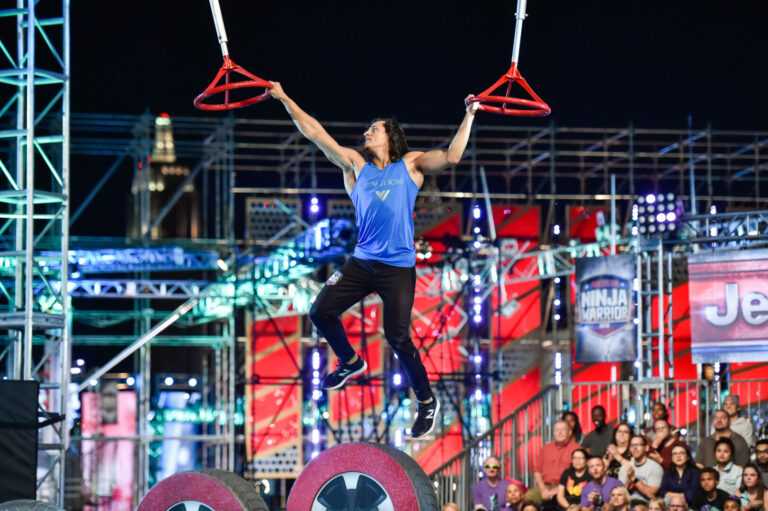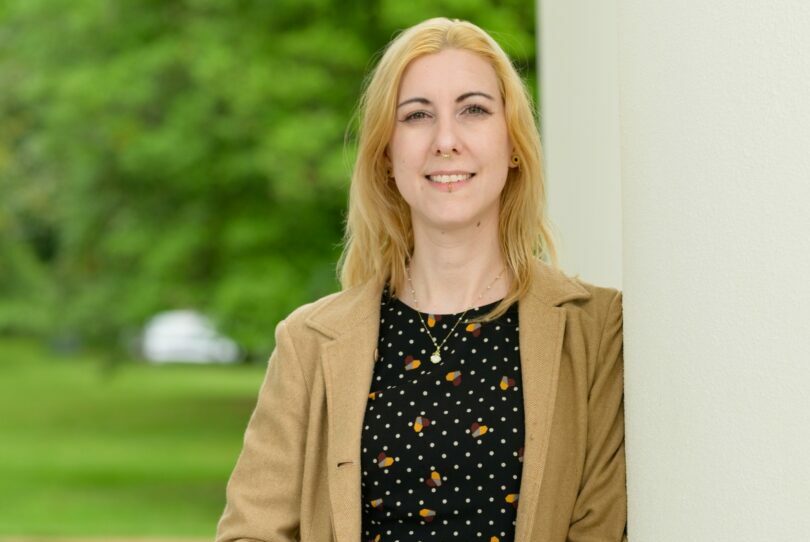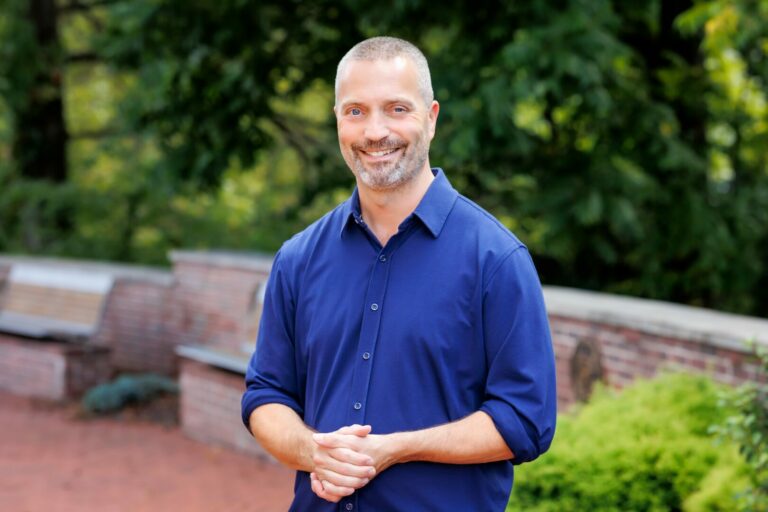Ekaterina Khromin shared their story and experiences with us recently and you can find our conversation below.
Ekaterina , really appreciate you sharing your stories and insights with us. The world would have so much more understanding and empathy if we all were a bit more open about our stories and how they have helped shaped our journey and worldview. Let’s jump in with a fun one: What makes you lose track of time—and find yourself again?
Art. The process of creating allows me to lose track of time while simultaneously returning to myself completely. When I paint, it feels as though an inner voice is guiding my brush—calm, intuitive, and deeply spiritual. It’s in that sacred space of making ART that I feel most present, most alive, and most connected to who I truly am.
Can you briefly introduce yourself and share what makes you or your brand unique?
Introduction to SYNERGISM
Synergism is the artistic language I have been designing and refining throughout my life—a method born from the intersection of creation, conservation, and transformation. Rooted in my background as a classically trained artist and conservator, Synergism merges painting, sculptural relief, and restoration techniques into a unified visual experience.
This style brings together layers of history, material memory, and contemporary vision. By integrating fragments of discarded objects, I reconstruct new meaning from what was once broken or forgotten. Synergism is not only about form—it’s about the energy that emerges when different visual traditions, timelines, and textures meet.
It is an ongoing journey. I continue to develop and perfect Synergism as both a personal and universal method of expression—one that reflects the complexity of memory, identity, and the act of reimagining the past through the lens of the present.
Okay, so here’s a deep one: What’s a moment that really shaped how you see the world?
One defining moment was in my childhood, when my parents divorced. I felt abandoned and unprotected—it was as if the ground beneath me suddenly disappeared. From that point on, I began to believe I had to earn love, to prove I was worthy. I became an overachiever, pushing myself relentlessly at school, always competing, always striving to be the best at everything.
That experience shaped how I saw the world—not as a safe or nurturing place, but as one where I had to fight to be seen and valued. It changed me in a way that can’t be undone. But over time, through art, I’ve also found ways to reclaim that loss and channel it into something meaningful and lasting.
When did you stop hiding your pain and start using it as power?
I stopped hiding my pain when art wrapped me in a blanket of protection. From early childhood, in my most difficult moments, I turned to drawing as a way to survive. What began as nervous sketches became, over time, the foundation of my adult paintings. Art became my refuge—my only true escape from a reality that often felt unbearable.
It wasn’t words—it was the silent, steady conversation with the canvas that began to heal me. Through that process, I discovered not only resilience but a deeper purpose. I often think about how invisible a child’s suffering can be in a broken family. That pain is quiet, but it runs deep.
Now, I try to help others—especially young people—channel their own emotions through art. To begin that quiet conversation with themselves. To transform pain into expression, and expression into healing.
So a lot of these questions go deep, but if you are open to it, we’ve got a few more questions that we’d love to get your take on. What’s a belief or project you’re committed to, no matter how long it takes?
Art is my lifelong companion—my most loyal friend. It’s a relationship built on trust, one I will never betray, and that has never betrayed me. We walk through life hand in hand.
I believe deeply that true art speaks directly to the human heart. When I paint, I’m not working in isolation—I’m in constant dialogue with the viewer. The viewer is my companion, my mirror, the one I confide in.
No matter how long it takes, I will never stop sharing my thoughts, emotions, and experiences through art. I need that connection, that silent conversation. I hope that my work touches something true in others—that it brings buried emotions to the surface and opens the door to healing, reflection, and more profound feelings.
Okay, we’ve made it essentially to the end. One last question before you go. Are you doing what you were born to do—or what you were told to do?
I genuinely believe I’m doing what I was born to do. No one asks an artist to create—it’s an instinct, an inner necessity. The urge to express, to make meaning through form and color, is something that was born in me as early as my birth.
For me, art has many facets. I find deep fulfillment in my creative projects, constantly working to refine my techniques and push my craft closer to perfection. But I’m equally inspired when I teach. Engaging with the younger generation—sharing ideas, having meaningful conversations—feeds my spirit. There’s a sense of mutual respect and understanding between us, and I take great pride in passing on the knowledge and insight I’ve gathered over a lifetime.
I see my students as the future intellectual elite of our country, limitless in their potential. I feel a deep responsibility for their success, and I approach teaching as an extension of my artistic practice: creative, dynamic, and constantly evolving.
Contact Info:
- Website: https://www.ekaterinakhromin.com
- Instagram: https://www.instagram.com/katerinakhromin/
- Linkedin: https://www.linkedin.com/in/ekaterina-khromin-95977476/
- Facebook: https://www.facebook.com/katerina.khromin/
- Youtube: https://www.youtube.com/watch?v=RoMR6rVxGmY

Image Credits
Taimy Alvarez
Photographer / Videographer / Social Media Manager at Taimy Alvarez Media LLC
so if you or someone you know deserves recognition please let us know here.




